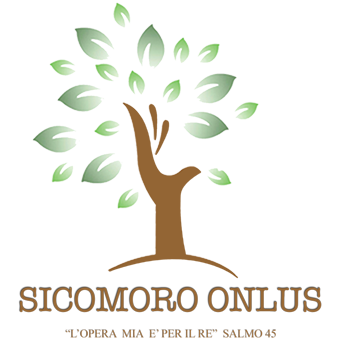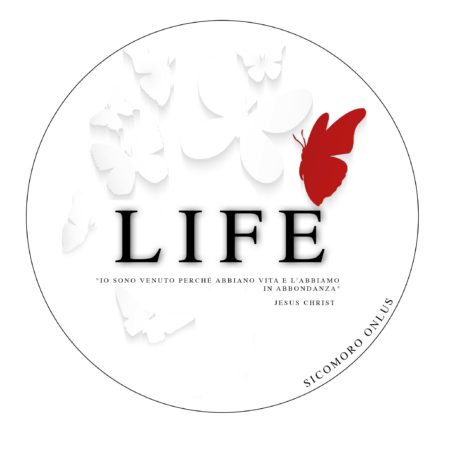‘We were simply gawked at’: Mixed-race families typical in Canada but still face challenges
Personal Sharing
Interracial unions have already been in the increase across Canada since 1991
Originating from Jamaica — where in actuality the county motto is “Out of several, one people” — Tamari Kitossa isn’t any complete complete stranger to marriages that are mixed-race.
Nonetheless, also though he now lives in Hamilton, Ont., an additional nation where mixed-race unions are socially appropriate, he claims he nevertheless seems tension as he’s in public areas along with his partner, that is of Macedonian lineage.
Of late Kitossa noticed it at a meeting he along with his partner, Kathy Deliovsky, went to in Toronto.
I do not think they see by themselves to be any distinct from one other young ones — which they’re not.
“We arrived on the scene of our accommodation therefore we had been simply gawked at,” Kitossa stated. He stated he felt “like some type of fascination, as you would stare at animals in a zoo.”
Definately not being truly a interest, probably the most data that are recent from Statistics Canada shows that mixed-race unions are from the increase across Canada since 1991. As of the 2011 nationwide domestic Survey, about 360,045 partners, or 4.6 % of most hitched and couples that are common-law Canada, had been in blended unions.
Kitossa, a teacher of sociology at Brock University whom additionally studied mixed-race unions like their own, claims the information isn’t any explanation to pat ourselves regarding the straight back. Despite Canada’s outward-facing image as a diverse, tolerant culture, partners in mixed-race unions and their offspring nevertheless face challenges.
“The news protection … offers this romanticized depiction as either Romeo and Juliet fighting the entire world or ‘Canada ‘s a place that is great! Look we have actually interracial couples. at us—'”
‘we can not satisfy either group’
Simply because more individuals are intermarrying doesn’t indicate they may be dealing with less racism, he states.
“as soon as that people can solve the problem of racism by having people mix, we are in for a rude awakening,” Kitossa said that we take for granted. “It is complacency, and it’s really dangerous.”
Kitossa’s son, Jelani Deliovsky, now in their 20s, said their experience with racism growing up additional doubt to his feeling of belonging.
“I happened to be known as a n–ger despite my lighter epidermis,” Deliovsky said. “when they had seen my mom, they made a decision to phone me a ‘wigger.’ This is certainly whenever my identification crisis kinda began. I cannot satisfy either team, and I also can not be myself.”
Liane Gillies, 49, a Toronto mom of two mixed-race guys, feels families like hers have become more prevalent in her own Toronto that is west-end neighbourhood. Her son Moses, 7, is with in a course of approximately 20 young ones, around 25 % of who are from mixed-race unions.
“I do not think they see by themselves as being any distinct from one other children — which they may not be,” she stated.
Gillies’s ancestry is Scottish and German, while her spouse’s is Ethiopian and Japanese. She noticed very early indicators of unconscious bias in Moses, which she’s got tried to improve.
“At one point, Moses produced remark about individuals with dark epidermis. I became form of amazed he had that understanding,” she stated. “we revealed him some images and I also stated, ‘Point out of the people that are good’ and then he picked some body white. After which we stated, ‘Point out of the bad individuals,’ in which he pointed to your black colored people, and I also stated, ‘Oh my Jesus.'”
22% of Canadians fit in with a minority that is visible
Gillies admits it absolutely was an unscientific test, however it got the discussion within their home started — something Kitossa claims is crucial.
“This discussion has to be spread all over among all Canadians: that people certainly are a diverse country, will always be, and so want to . prepare our children to have interaction with individuals that don’t look he said like them.
Gerry Reid, a biracial teenager living in Toronto along with her Chinese mom, Scottish dad and older Woosa cousin, identifies as Asian. She claims she constantly made both her parents go to her talent programs and programs that are after-school “I’m additionally half white and folks would not trust me.
“I would personally love whenever I will say ‘Yeah, look, my father is white.'”
Her dad, Steven Reid, 50, states he is additionally conscious of the possible lack of resemblance between himself and their child and recalled one of his true encounters that are first away for a walk together with his very first child.
“I am able to distinctly keep in mind that no body arrived in my opinion and stated, ‘Are you the biological dad?’ But we had individual after person — all strangers — asking me personally, ‘Where do you follow your infant?’ or ‘ Did you follow your infant from Asia?'”
He claims that left him wondering perhaps the present image of exactly what A canadian household appears like is outdated.
Canada certainly will continue to be diverse. Based on information through the 2016 census released by Statistics Canada week that is last 7.7 million Canadians participate in a noticeable minority, representing 22.3 percent associated with populace, up from 4.7 percent in 1981.
Then it can’t really be using interracial couples as a metric if the Canadian government wants to assess the impact of policy.
Noticeable minorities might make up about one-third for the populace by 2036, the agency said.
Mixed unions mirror Canada’s diverse history, Kitossa stated.
“Canada started as a mixed-race country” — meaning white Europeans blending with native individuals — “and this is component of y our heritage then one he said that we need to understand and embrace.
It might also act as a point that is starting address racism, he claims.
“Racism is definitely relevant. Race is just one method that people beings purchased to categorize other people and lock them into containers and project stereotypes about then them.”
For Kitossa, the increase in how many blended battle unions just isn’t fundamentally proof that Canada is undergoing extensive social modification. The figures up to now are fairly little, he claims, along with other data that are socio-economic to be used into consideration whenever we actually want to begin handling dilemmas of addition and inequality.
“In the event that Canadian federal government would like to gauge the effect of policy, then it can not actually be utilizing interracial partners being a metric,” he stated.
“when you would you like to glance at racism therefore the metrics for racism, let us have a look at jobless prices, why don’t we have a look at incarceration prices, why don’t we view poverty. All those are greater metrics exactly how we have been doing with regards to addressing racism.”
To get more through the families interviewed in this tale, tune in to Generation Mixed and hear a few of the challenges parents face in raising children who possess a couple of events, countries or religions inside their mix.

